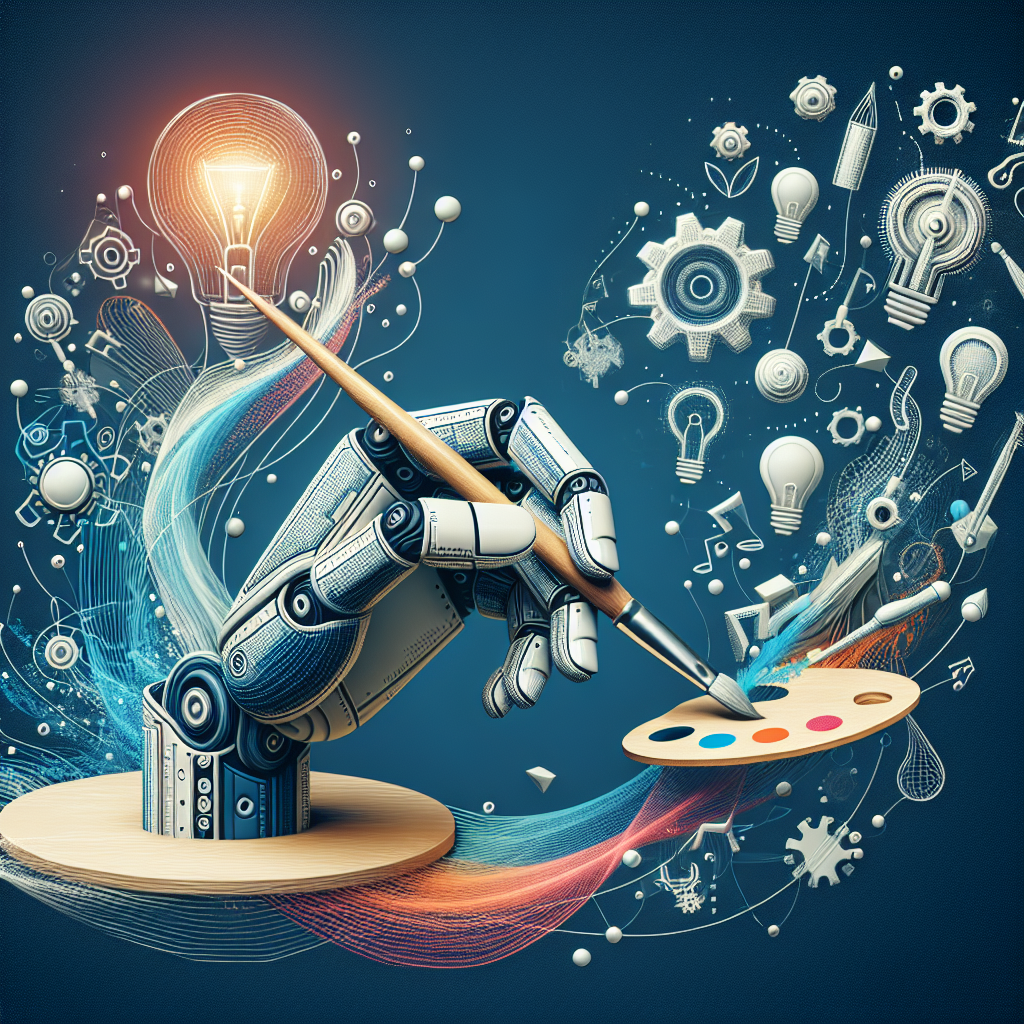AGI and Creativity: How Machines are Redefining Art and Innovation
Artificial General Intelligence (AGI) is a term used to describe the capability of a machine to perform any intellectual task that a human can do. This includes tasks such as understanding natural language, recognizing patterns, solving complex problems, and even exhibiting creativity. With the rapid advancement of technology, machines are becoming increasingly adept at tasks that were once thought to be the sole domain of human intelligence, including creativity.
In recent years, there has been a growing interest in the intersection of AGI and creativity, with many researchers and artists exploring how machines can be used to enhance and redefine art and innovation. From creating music and visual art to writing poetry and designing products, AGI is opening up new possibilities for human-machine collaboration and pushing the boundaries of what is possible in the realm of creativity.
One of the key ways in which AGI is redefining art and innovation is through the use of generative algorithms. These algorithms are designed to produce new and original content based on a set of input parameters, such as data or rules. By leveraging the power of machine learning and neural networks, generative algorithms can create complex and intricate works of art that would be nearly impossible for a human to produce on their own.
For example, in the field of music composition, researchers have developed algorithms that can generate original pieces of music in various styles and genres. These algorithms are able to analyze existing compositions, learn the patterns and structures that define a particular style of music, and then generate new compositions that adhere to those patterns while also introducing novel elements. This has led to the creation of music that is both familiar and innovative, blurring the lines between human and machine creativity.
Similarly, in the field of visual art, researchers have developed algorithms that can generate realistic images and animations based on a set of input parameters. These algorithms are able to learn the visual characteristics of different objects and scenes, and then use this knowledge to generate new and original visual content. This has led to the creation of stunning visual art that challenges our perceptions of what is possible in the realm of digital art.
In addition to creating new works of art, AGI is also being used to enhance the creative process itself. For example, researchers have developed algorithms that can assist artists and designers in the creation of new products and designs. These algorithms are able to analyze existing designs, identify patterns and trends, and provide suggestions for how to improve and iterate on those designs. This has led to the development of innovative products and designs that push the boundaries of what is possible in the realm of product design.
Despite the many benefits of AGI in redefining art and innovation, there are also concerns about the impact that this technology may have on the creative process. Some critics argue that the use of machines in the creative process may lead to a loss of human creativity and originality, as artists and designers rely more on algorithms to generate new ideas. Others worry about the ethical implications of using machines to create art, such as questions about ownership and authorship of works created by machines.
However, proponents of AGI argue that machines can enhance human creativity rather than replace it. By leveraging the power of AGI, artists and designers can expand their creative capabilities, explore new ideas and concepts, and push the boundaries of what is possible in the realm of art and innovation. AGI can serve as a tool to augment human creativity, providing new perspectives and insights that can inspire and inform the creative process.
In conclusion, AGI is redefining art and innovation in exciting and innovative ways. By leveraging the power of generative algorithms and machine learning, researchers and artists are exploring new possibilities for human-machine collaboration and pushing the boundaries of what is possible in the realm of creativity. While there are concerns about the impact of AGI on the creative process, proponents argue that machines can enhance human creativity rather than replace it. As AGI continues to evolve, it will be interesting to see how this technology shapes the future of art and innovation.
FAQs
Q: Can machines truly be creative?
A: While machines may not possess the same level of consciousness and intentionality as humans, they can exhibit creativity in the sense of generating new and original content based on a set of input parameters. By leveraging the power of generative algorithms and machine learning, machines can create complex and intricate works of art that challenge our perceptions of creativity.
Q: What are the ethical implications of using machines in the creative process?
A: There are concerns about the ethical implications of using machines to create art, such as questions about ownership and authorship of works created by machines. However, proponents argue that machines can enhance human creativity rather than replace it, serving as a tool to augment the creative process rather than replace it.
Q: How can AGI enhance the creative process?
A: AGI can enhance the creative process by providing new perspectives and insights that can inspire and inform the creative process. By leveraging the power of generative algorithms and machine learning, artists and designers can explore new ideas and concepts, push the boundaries of what is possible in the realm of art and innovation, and create new and innovative works of art.

